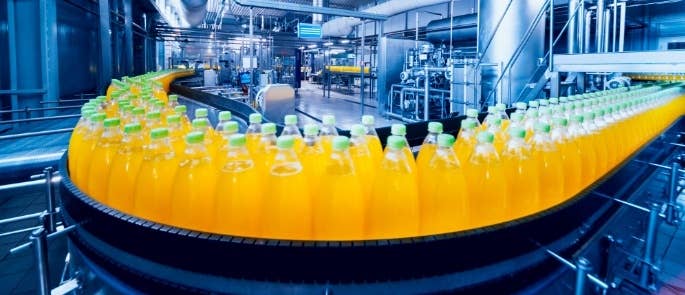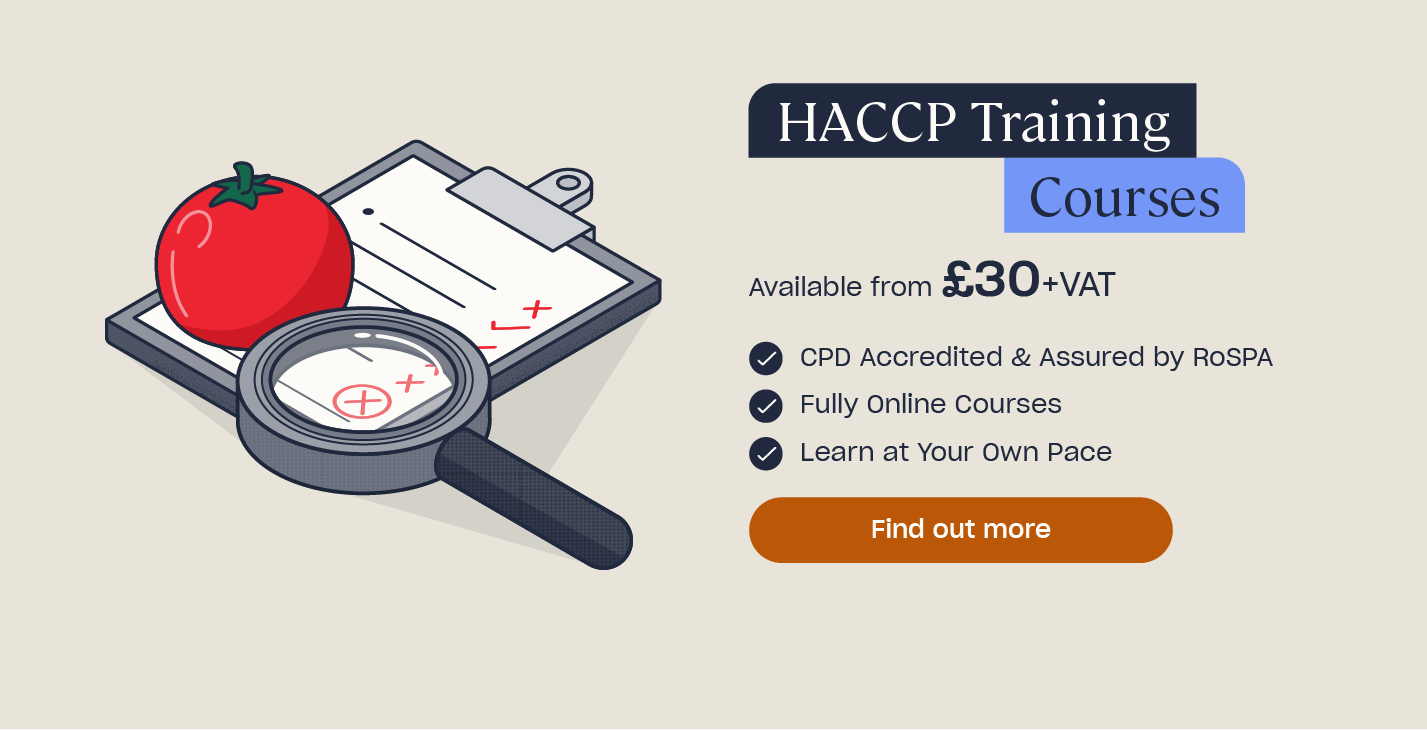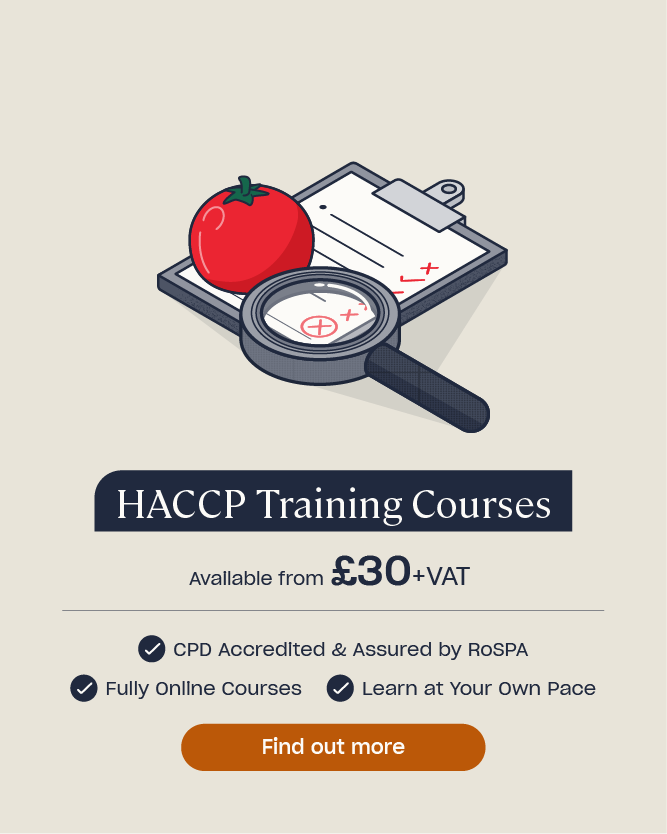What Does the BRCGS Grading System Mean?
In 2019, the BRC (British Retail Consortium) rebranded as BRCGS (Brand Reputation through Compliance of Global Standards). This was to reflect how they have grown over the years and how manufacturers maintain trust in their products and standards.
Many manufacturers work towards, or are following BRCGS standards. Retailers increasingly require BRCGS standards as a minimum – especially for producing supermarket own-brand products. To find out more about what BRCGS do, read Our Guide to Understanding BRCGS.
This article will outline what the BRCGS grading system is, explain what each of the grades mean and discuss how to achieve them.

What is the BRCGS Grading System?
The BRCGS grading system is used throughout the whole supply chain, to reflect the food hygiene practices of each food business operator. The higher the score, the more likely a company will want to use you as a supplier, and a lower score may lose you business.
The BRCGS Standards are thorough and scrutinise every possible area where food safety could be compromised. The standards are GFSI (Global Food Safety Initiative) recognised and certified. The GFSI is a global scheme to benchmark food safety standards. If your business is already following a set of standards then transitioning to the BRCGS standards will be easier. However, this standard is more in depth than, for example, the SALSA Standards.
The Standards
The BRCGS create and implement standards throughout the supply chain for the sectors:
- Global Standard for Food Safety.
- Global Standard for Packaging Materials.
- Global Standard for Ethical Trade & Responsible Sourcing.
- Global Standard for Storage and Distribution.
- Global Standard for Consumer Products.
- Global Standard for Agents and Brokers.
- Global Standard for Retail.
- Global Standard for the Gluten-Free Certification Program.
The main, full set of Standards can be accessed for free as a PDF download. However, additional documents such as The Interpretation Guidelines and Key Changes Document will need to be purchased.
A third-party certification body organisation, approved by the BRCGS will carry out the audit. A list of organisations can be found on The BRCGS Directory. A BRCGS audit is an assessment of a food manufacturer’s adherence to the BRCGS ‘Global Standard’.
The Standard that you choose and the one best suited to you will depend on your food business. Additional voluntary modules can be added to your audit to reduce the number of audits a food business operator needs to have for certification. For example, a gluten-free additional module. Additional modules are graded with a pass or a fail. Non-conformances of additional modules are not included in the grading of the ‘Global Standard’ assessment.
Types of Non-conformances
BRCGS audits are graded on the number and type of non-conformances. Non-conformances can be either minor, major or critical, defined in Issue 8 of the BRCGS Global Standards for Food Safety, section 2.3.1.
A minor non-conformance is a small deviation from requirements or where a clause has not been fully met.
A major non-conformance raises significant doubt as to the conformity of the product being supplied.
A critical non-conformance is a direct food safety or legal issue.

What Do the BRCGS Audit Grades Mean?
The grading scale for BRCGS audits goes from AA as the highest to Uncertified in the order: AA, A, B, C, D, Uncertified. An unannounced audit will have a ‘+’ after the grade, for example, AA+.
Companies who choose to participate in the unannounced BRCGS audit are electing to be challenged at a higher level, and show confidence in their day-to-day food safety culture and procedures. An unannounced audit means that the auditor may arrive at your facilities at any time after a certain date, so you must be ready at all times. Often, food manufacturers start with an announced audit before going onto an unannounced audit.
The number and types of non-conformances will objectively determine the grading. The criteria for each grade are as followed:
- An AA grade has no more than 5 minors.
- An A is between 5 and 10 minors.
- A B is given for an audit with 11 to 16 minors, or 1 major and up to 10 minors.
- A C is given for an audit with 17 to 24 minors, or 1 major and up to 16 minors, or 2 majors and up to 10 minors.
- A D is between 25 and 30 minors, or 1 major and up to 24 minors, or 2 majors and up to 16 minors.
- An Uncertified grade is given if the audit has 1 or more critical, 31 or more minors, 1 major and 25 or more minors, 2 majors and 17 or more minors, or 3 or more majors.
The frequency of your next audit will then depend on the result you achieve. Non-conformances identified in the audit report are required to be addressed and corrected within 28 days of the audit.

How Do I Achieve the BRCGS Grades?
Some manufacturers worry that an unannounced audit will achieve a lower grade than an announced audit. If a manufacturer has a strong food safety culture, good manufacturing practices (GMP) and an internal audit system in place, the food business operator should be confident in being audited on any given day.
Need a Course?
Take a look at our course library where you can find Good Manufacturing Practice (GMP), HACCP and TACCP Training.
Some manufacturers prefer an unannounced audit as it is a better reflection of their food safety practices, and will often look for suppliers who also opt for an unannounced audit. When choosing suppliers based on their BRCGS audit grade, some manufacturers may put extra weighting towards an unannounced audit grade – for example, preferring a B+ (unannounced) to an A (announced).
The minimum BRCGS grade needed will depend on which retailer a manufacturer is supplying to. Improving your BRCGS grade may open doors to more retailers which were previously closed.
For example, a ready meal company may be able to sell their brand of ready meal in ASDA with a lower BRCGS grade. If that ready meal business then achieves an A+, they might now be eligible to sell their products in M&S, under the M&S own brand and other supermarket own brands.
Whether you are working towards BRCGS or not, we hope you found the above information useful. Should you wish to discuss your business needs further, or would like to know more about how our training can help you, please contact our friendly, helpful sales and support teams on 0333 006 7000 or email sales@highspeedtraining.co.uk.
Further Resources:
- HACCP Training Courses
- Our Guide to Understanding BRCGS
- Food Packaging Materials: Regulations & Different Types
- Cyber Security in Food & Drink Manufacturing: BRCGS Standards
- Vegan Food Production: Guidance on Manufacturing Practices
- Cyber Security in Food & Drink Manufacturing: BRCGS Standards
- HACCP Quiz







